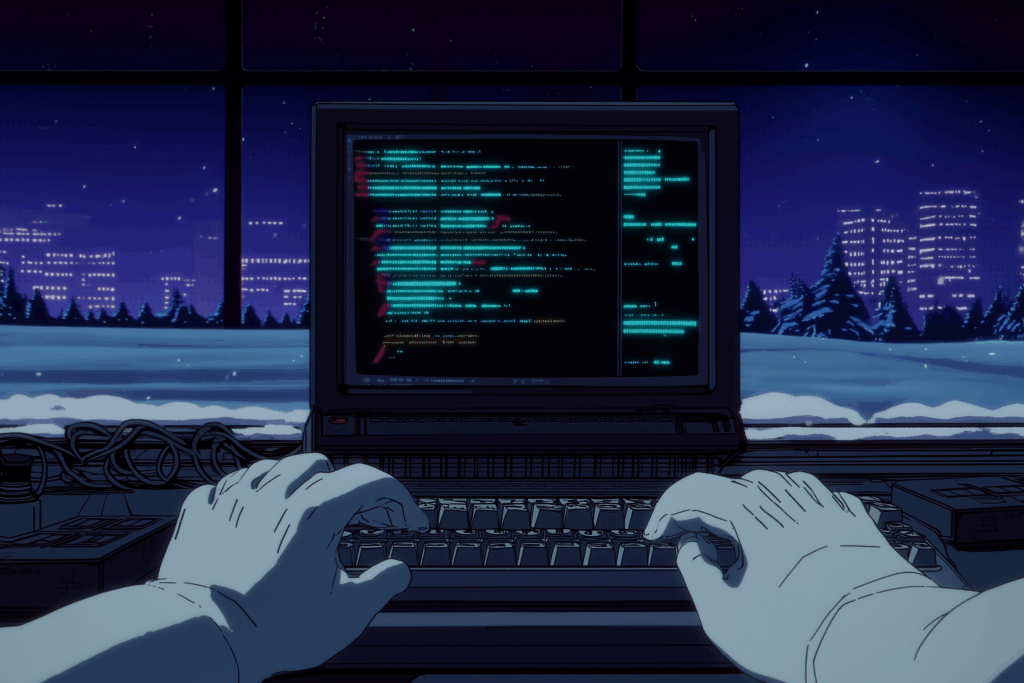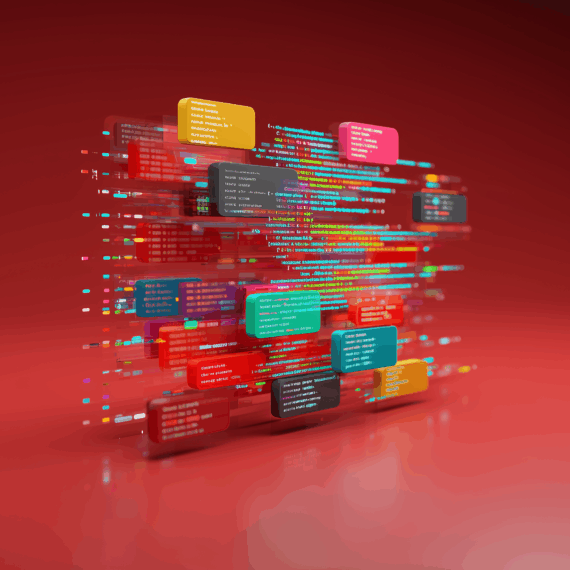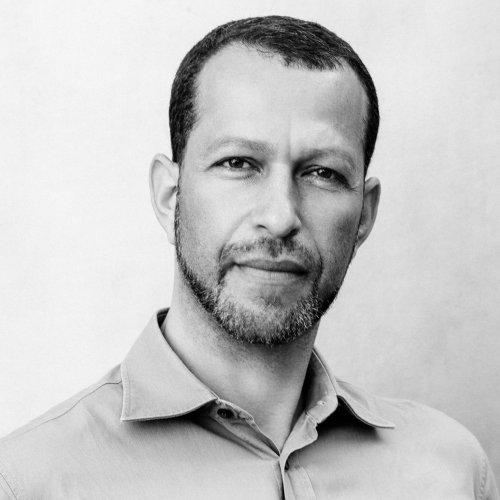Introduction
Let’s say you are developing AI technologies. Perhaps you wish to simply use such technologies in your company. Or maybe you want to modify already existing AI components, adapting them to your needs and use cases. Why should you care about free and open-source licensing?
In this blog series, we address some key questions in an area that so far has not received much attention in the overall debate around AI regulation and adoption in Europe and elsewhere. We conclude that you should care about free and open-source licensing if, for example, you wish to share your technology but preserve your IP rights, while, at the same time, enforce some ethical restrictions. Or, if you want to integrate a component subject to an open license into your system.
Why should you care about open licensing as an end-user?
You should care about open licensing also if you are an end-user of AI tools released under an open license. Public (open) licenses do not require individual contact with the rights holder. They offer an interesting avenue for both developers and users and bear important legal, contractual, and strategic implications for the parties.
What is free and open-source licensing anyway, and what does it have to do with AI technologies? What are the implications of such licensing for my IP as a developer or my options as an end-user? What licensing platforms are available out there, and which one might be suitable for me? What are the advantages of subjecting my AI tool to an open license, e.g., in terms of compliance with the AI Act?
Our blog series will attempt to bring some clarity to this topic and help you understand whether free and open-source licensing is relevant for you, and why.
What Is Free and Open-Source Licensing (FOSL)?
Products, devices, and services distributed under free and open-source licensing (FOSL) are all around us. Linux-based code, Android OS, Mozilla Firefox, WordPress, LibreOffice, and Wikipedia are just a few examples. In this part of the series, we will briefly look into the genesis of the free and open-source movement around software and the later expansion of the concept to cover other types of works and intangible subject matter such as data and patents.
In the area of software, FOSL is not a new phenomenon. Free software has been around for decades. The first GNU Public License was introduced already in 1985 by the Free Software Foundation, a license which later developed into the prototypical GNU Public License (GPL).
How Did It All Begin?
The debate around the copyrightability of software programs in the 1970s and 1980s led to the ultimate result being that software indeed is protected by copyright under a broad application of the “literary work” category. This result raised some concerns, however, making the claim of overbroad exclusivity for a rather technical subject matter (software) that is typically developed collaboratively by communities of programmers who copy, study, modify, and share code among their members.

In a fashion that somewhat contradicts the spirit of collaborative work on code, the copyright regime would require individual permissions to use the software; it grants a veto power to the copyright owner as a default. Software, hence, receives in principle the same treatment as any original novel, sculpture, musical piece, or photograph: As a rule, it is protected under the law against unauthorized use as intellectual property.
In response, communities felt the need to create a platform that bypasses that automatic legal veto power of the owner and reverses the default rule: Permission instead of prohibition. The desire was to expand access opportunities to information and knowledge, thereby mitigating the arguably negative effect of copyright exclusivity.
The roots and ideals of the open access movement
Indeed, open access movements have been promoting the dissemination of knowledge in the online environment for several decades now. One example is the Berlin Declaration on Open Access to Knowledge in the Sciences and Humanities from 2003. The basic idea is that through voluntary and collaborative efforts, rights holders create platforms in which users enjoy comparatively more freedom and legal certainty concerning access to and use of copyrighted material.
All those initiatives germinated from Free Software, which can be described as a social-political movement from the early 1980s. The seminal project launched by the Free Software Foundation was pathbreaking, but it is not the only one in this field. The notion common to many free software initiatives is that certain informational resources should remain free from nondisclosure agreements, over-restrictive licensing, and private copyright exclusion entitlements.
The concept of freedom in the free software movement
Accordingly, the Free Software movement advances the principle of “freedom” in connection with using and developing computer programs. As famously coined by Richard Stallman, to understand the ideology of free software, freedom should be thought of as in the way of “free speech,” not “free beer.” According to the Free Software Foundation (FSF)’s definition, four basic parameters qualify software as free:
- (1) the freedom to run the program;
- (2) the freedom to study and change the program in source code form;
- (3) the freedom to redistribute exact copies; and,
- (4) the freedom to distribute modified versions.
These freedoms are secured by a special license, the General Public License (GPL), which is designed to ensure these freedoms shall “run with the software” and apply to distribution and adaptations achieved by taking advantage of the GPL terms.
Initiatives promoting broader access to knowledge and information
Adhering to similar ethical motivations, several other initiatives have been seeking to underpin the freedoms of knowledge and information, including freedom from copyright restrictions in other contexts. Among others are Wikimedia projects, educational programs, scientific and academic peer-reviewed enterprises, and open-access archives and repositories. These and similar projects endeavor to promote access, use, reuse, adaptations, and sharing of informational resources by creating a laxer legal framework.
Creative Commons
One of the most influential projects amongst these initiatives has been Creative Commons (CC), which seeks to expand the free software principle to other types of creative works. CC has been publishing and updating a catalogue of free/public licenses since the early 2000s. Its licenses apply to images, music, videos, books, and literally anything that is copyrightable, including code.
Open licenses cover more than copyright
Alongside copyrights, other forms of intellectual property (IP) may restrict the freedom to use, reproduce, or adapt informational subject matter. Open licenses in the field of patents and data are available as well. For data and databases, there is the Open Data Commons Open Database License (ODbL). Many open licenses cover both copyright and patent rights simultaneously, e.g., the Apache License V. 2.0. The Open Source Initiative (OSI) publishes a rather extensive list of licenses that satisfy its “open source” definition and apply to various types of IP.
In Part 2 of This Series…
…we turn to the evaluation of the legal implications of FOSL in general and specifically to AI technologies. We will further discuss available options for FOSL in conjunction with releasing your AI technologies and tools under such licenses. Stay tuned!

